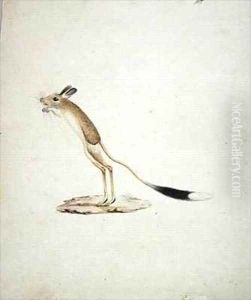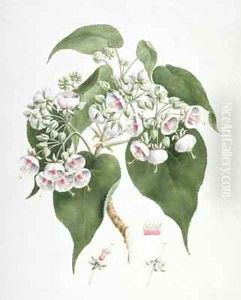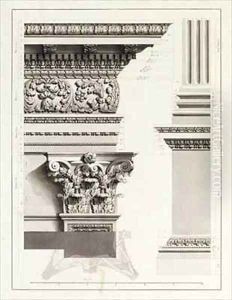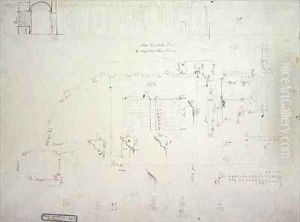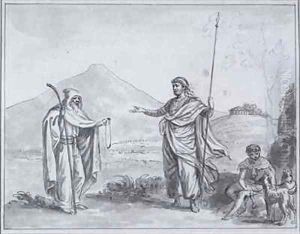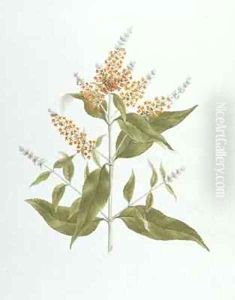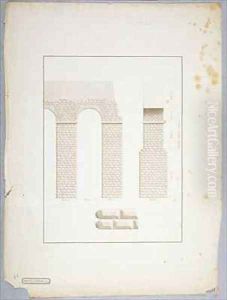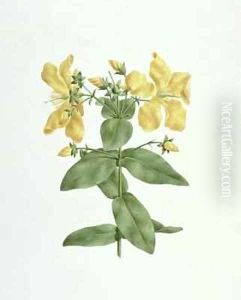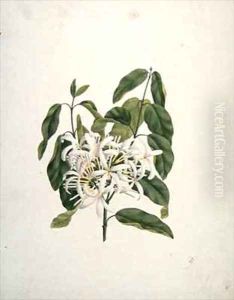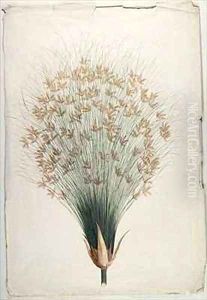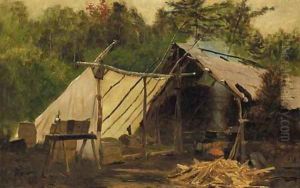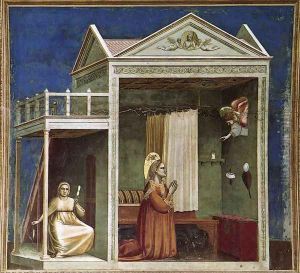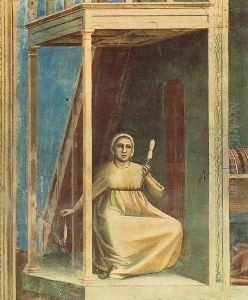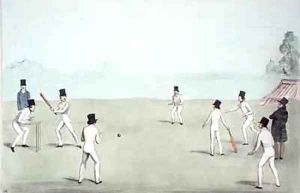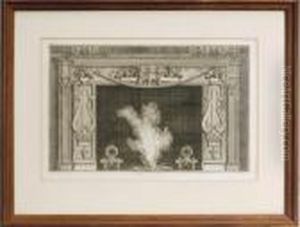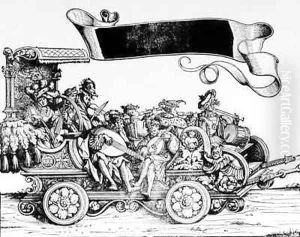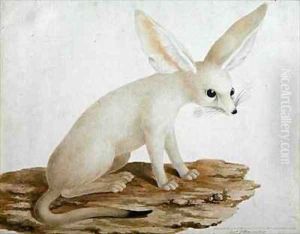





Fennec No. 3 Original of illustration in Travels through Abyssinia
-
About Reproduction
Discover the allure of art with our faithful reproduction of "Fennec No. 3 Original of illustration in Travels through Abyssinia", originally brought to life by the talented James (Abyssinian Bruce) Bruce. Unlike posters or prints, our hand-painted oil painting breathes an unique sense of depth and texture into your space. Every detail, every stroke, and every texture is meticulously recreated, paying the perfect homage to James (Abyssinian Bruce) Bruce and his artistic vision.
Owning this piece is more than just decoration - it's a statement of your refined taste in art. Let the vibrant colors and intricate details of this replica serve as a daily reminder of the beauty in our world. Elevate your decor and appreciate the richness of art with our replica of this masterpiece.
-
Painting Description
"Fennec No. 3" is an original illustration featured in the travelogue "Travels through Abyssinia," authored by the Scottish explorer James Bruce, who is often referred to as Abyssinian Bruce due to his explorations in the region of Abyssinia, now known as Ethiopia. Published in 1790, Bruce's five-volume work documents his extensive travels and discoveries in North Africa and the Horn of Africa between 1768 and 1773, during which he sought to discover the source of the Nile River.
The illustration "Fennec No. 3" is part of a series of artworks included in Bruce's volumes that depict the diverse flora and fauna he encountered on his journey, as well as the various peoples and cultures of the region. The fennec, or desert fox, is a small crepuscular fox native to the Sahara Desert and the Sinai Peninsula. Its most distinctive feature is its unusually large ears, which serve to dissipate heat.
While the specific illustration "Fennec No. 3" serves as a visual representation of the species within the context of Bruce's narrative, it also reflects the broader European interest in natural history and the classification of species during the 18th century. The inclusion of such illustrations was common in travel literature of the time, as they provided readers with a visual account of the author's observations and helped to substantiate the textual descriptions of exotic wildlife.
The illustration is not only significant for its contribution to zoological knowledge but also as an artifact of the period's scientific and artistic endeavors. It exemplifies the interplay between exploration, art, and science during the Age of Enlightenment when European explorers often included artists and naturalists in their expeditions to document their findings.
As a historical document, "Fennec No. 3" and the other illustrations from "Travels through Abyssinia" offer insights into the ways in which European explorers and the public perceived the natural world, and they continue to be of interest to historians, biologists, and art enthusiasts alike.
-
Lead Time & Shipping
When you order this oil painting replica, it typically takes 2-3 weeks to paint. If the artwork is more complex, it might need a little more time to ensure the best quality. Once it's ready, we'll send you a photo for your approval. After you give the green light, we'll ship it to you for free.
-
Return & Refund
We believe in the quality of our hand-painted oil painting reproductions, and your satisfaction is our priority. If for any reason, you are not completely satisfied with your purchase, we offer a 45-day return policy. You can return your artwork within 45 days of receipt and receive a full refund. Please note that the artwork must be returned in the original packaging and in the same condition as it was received.





